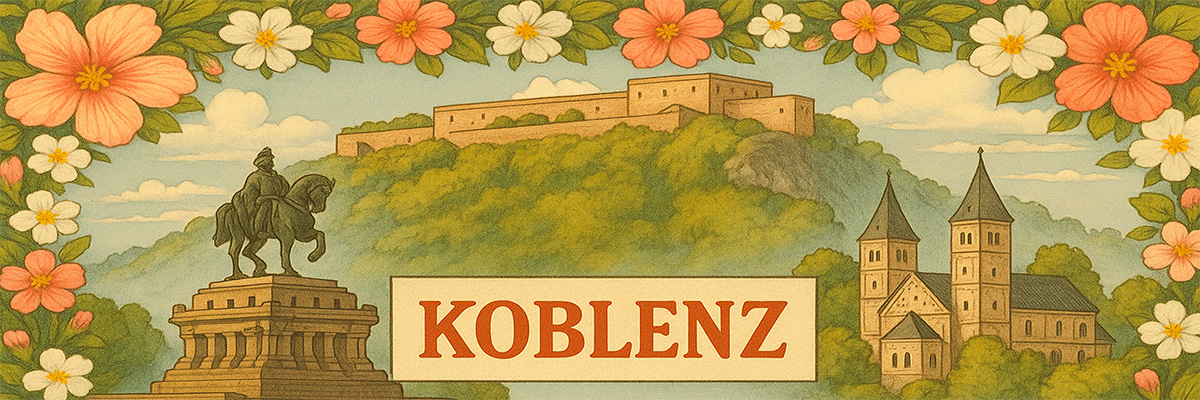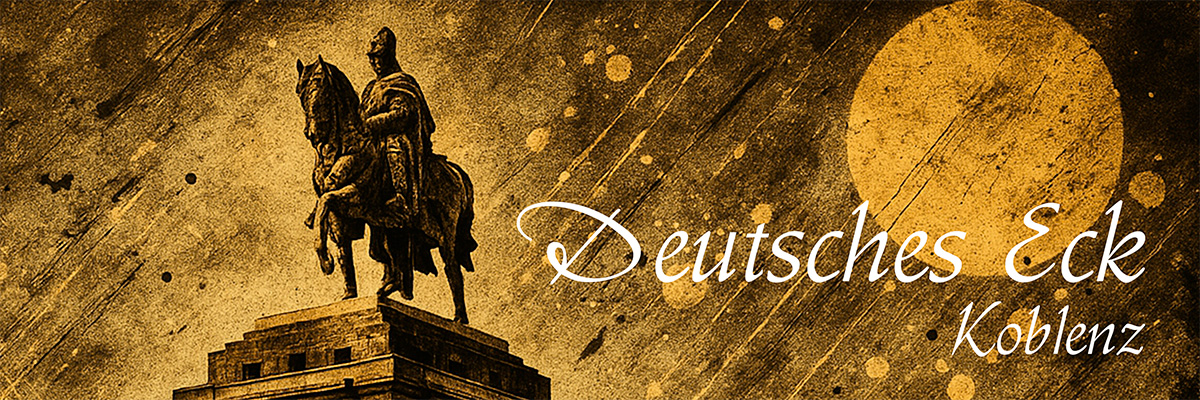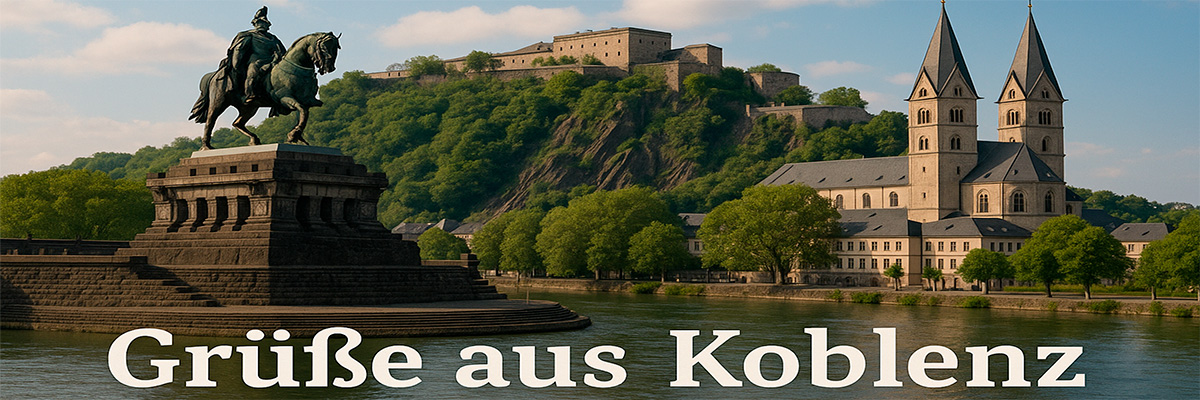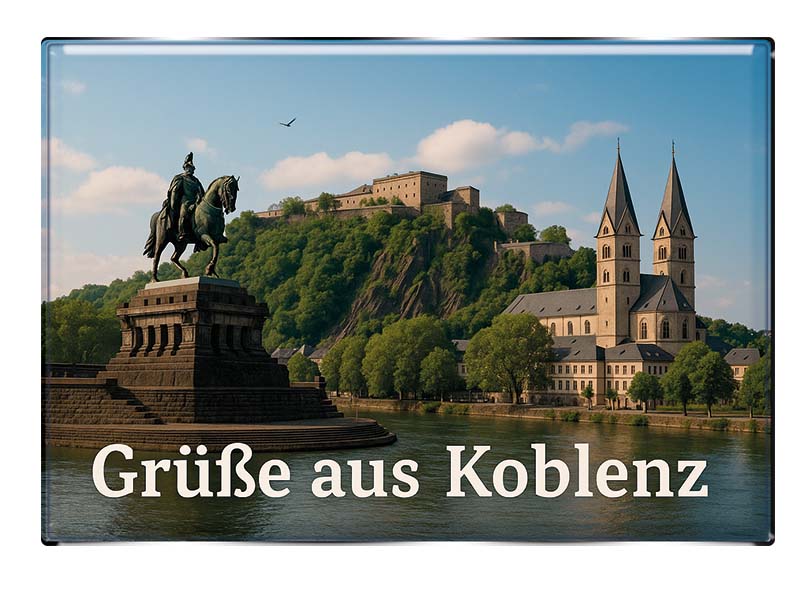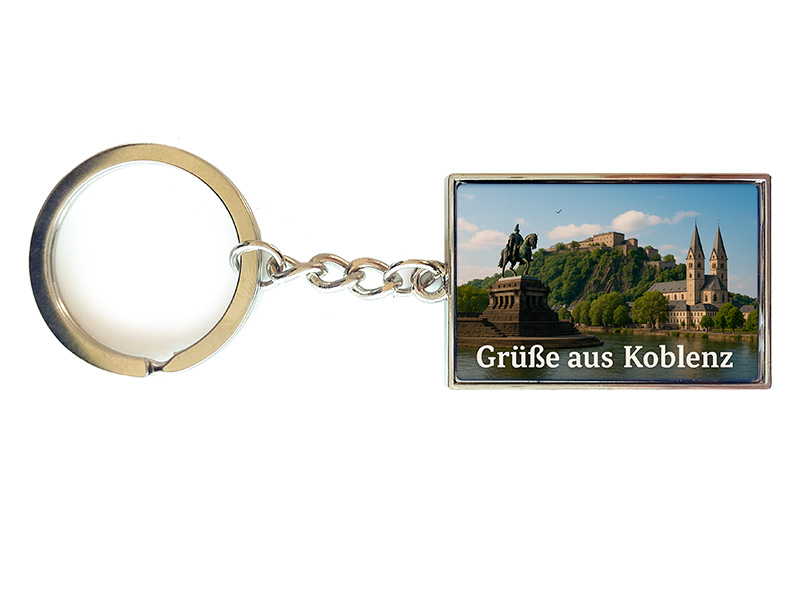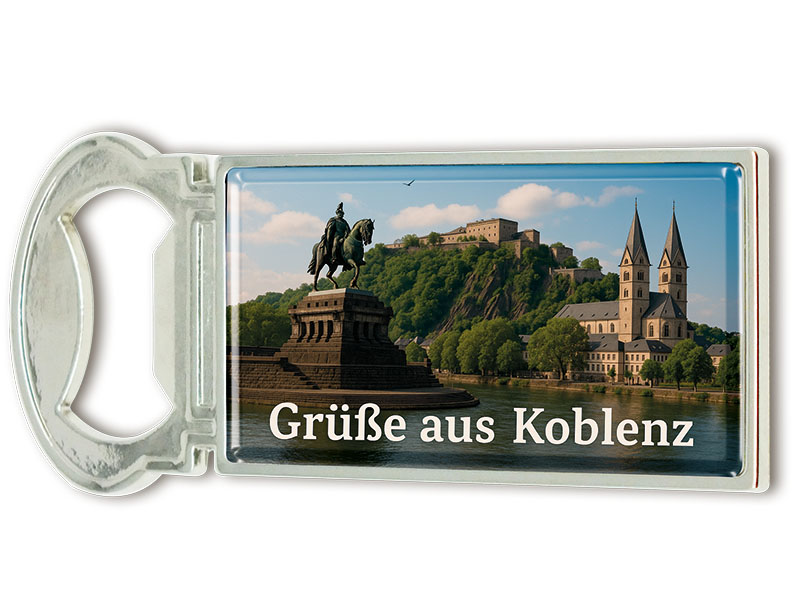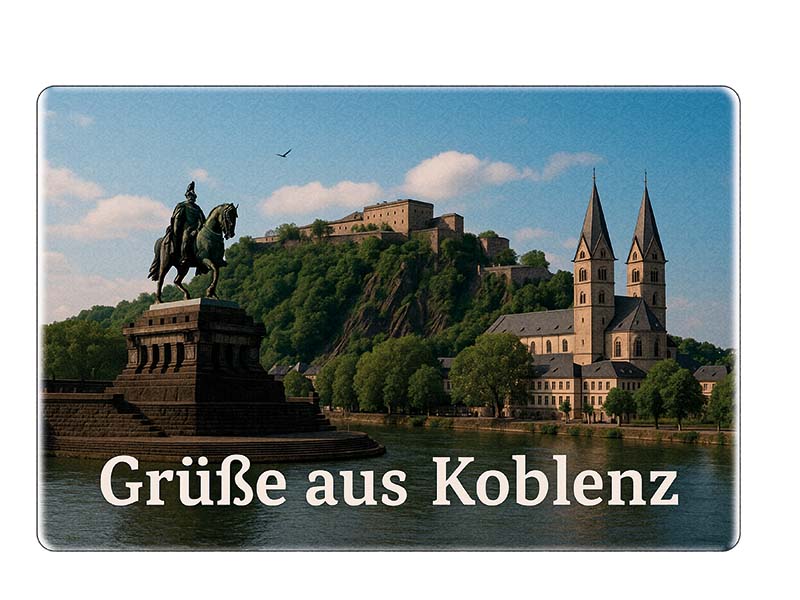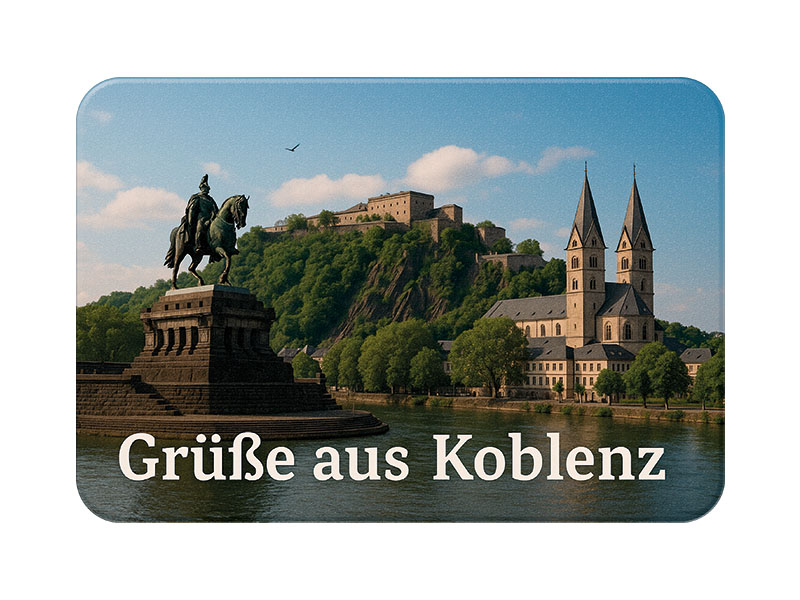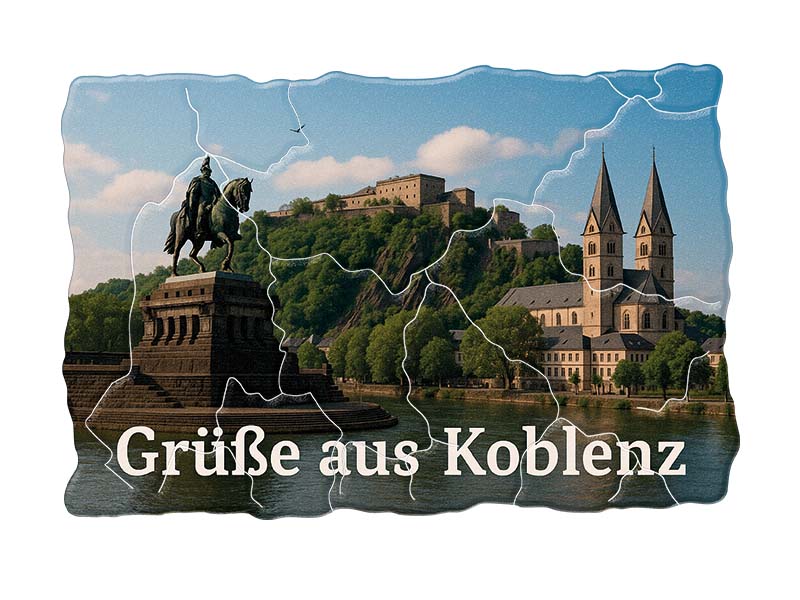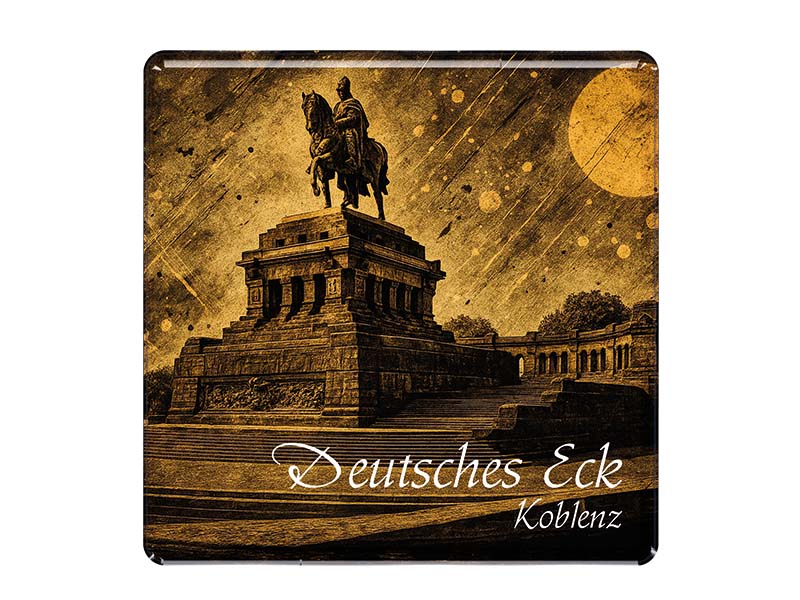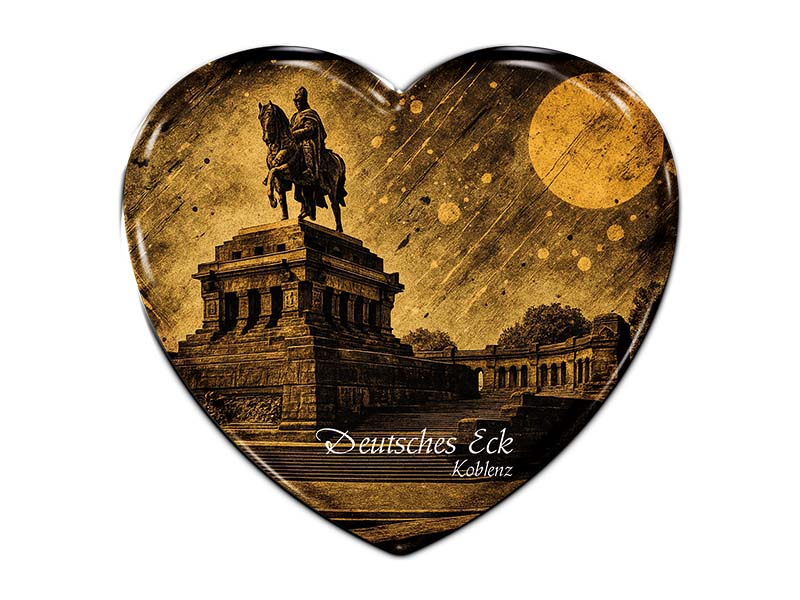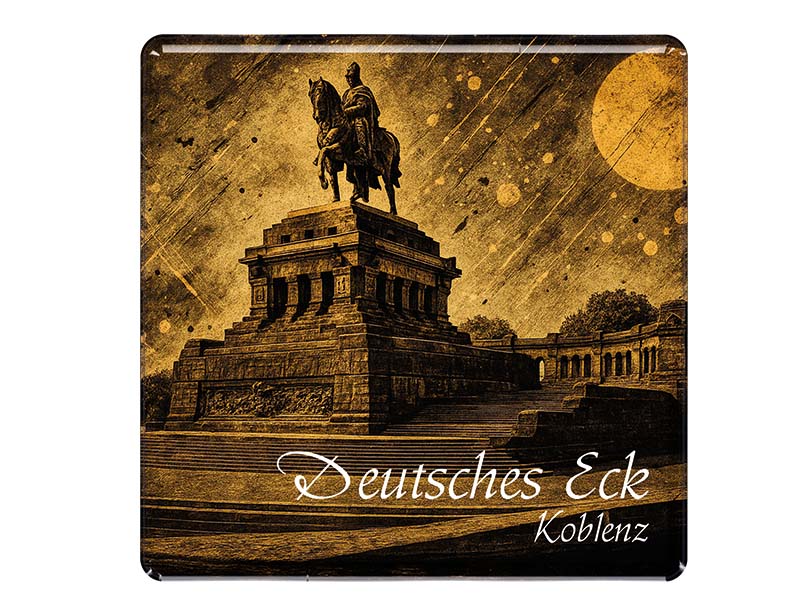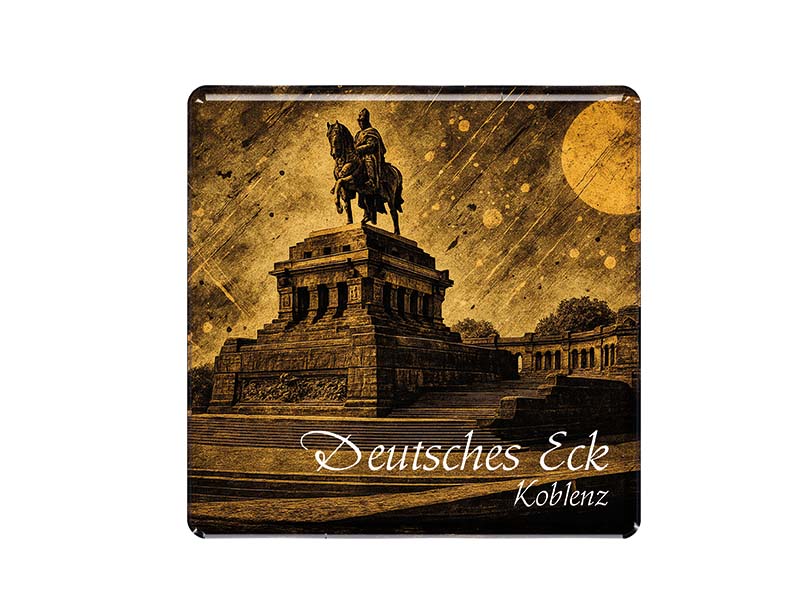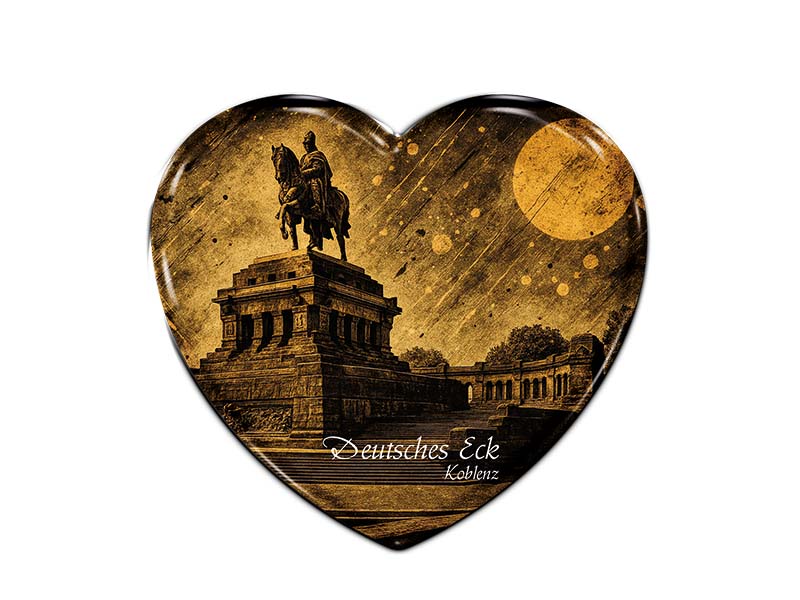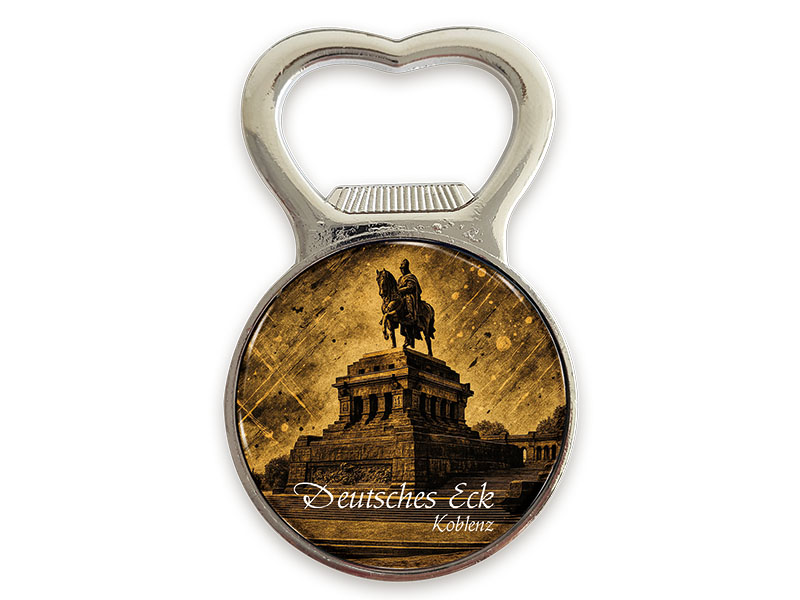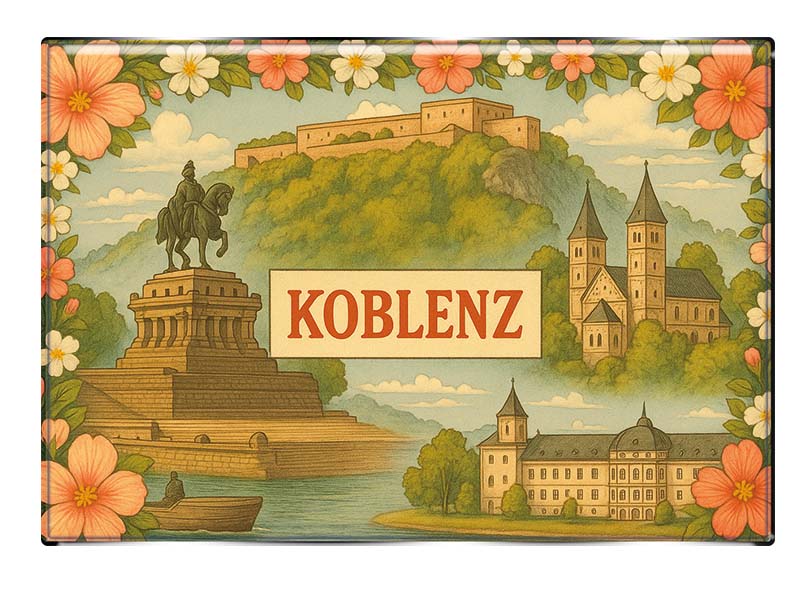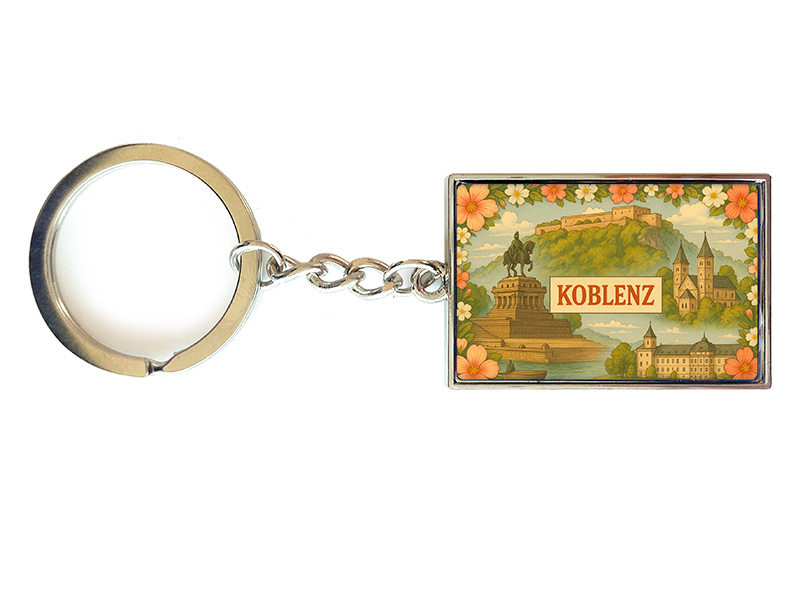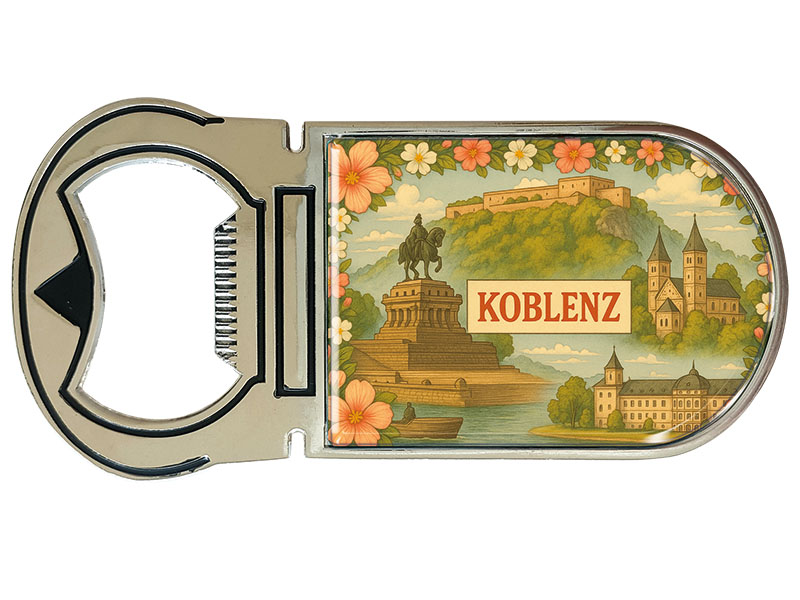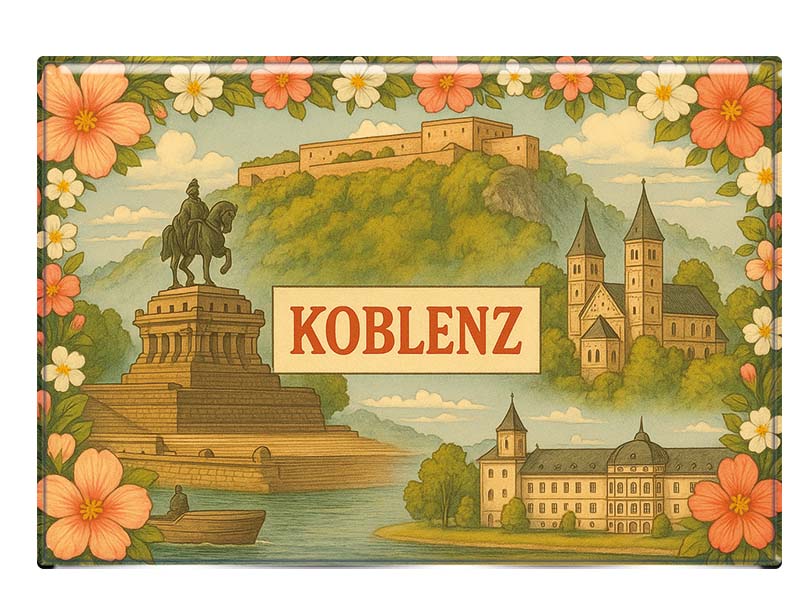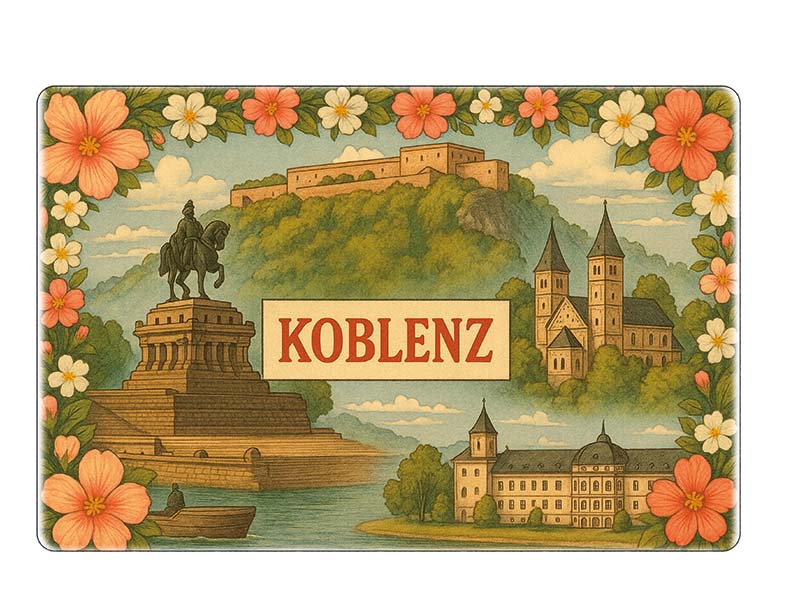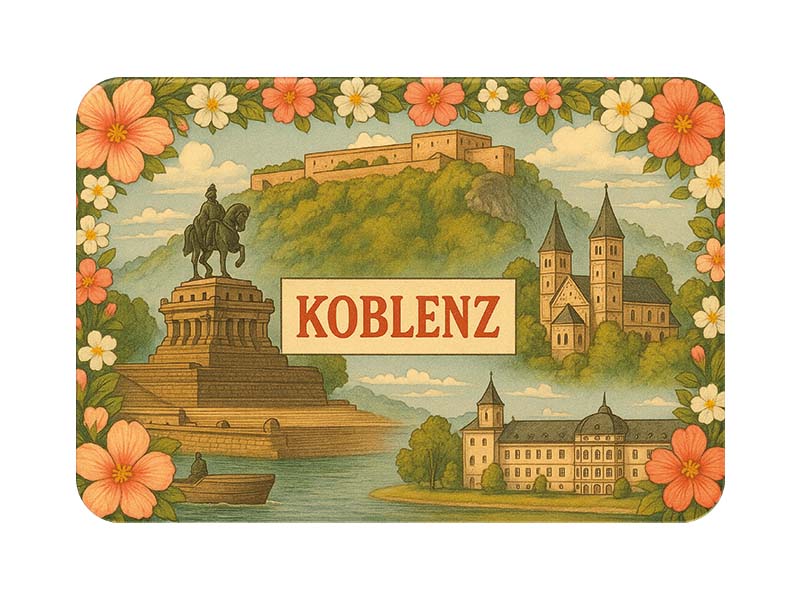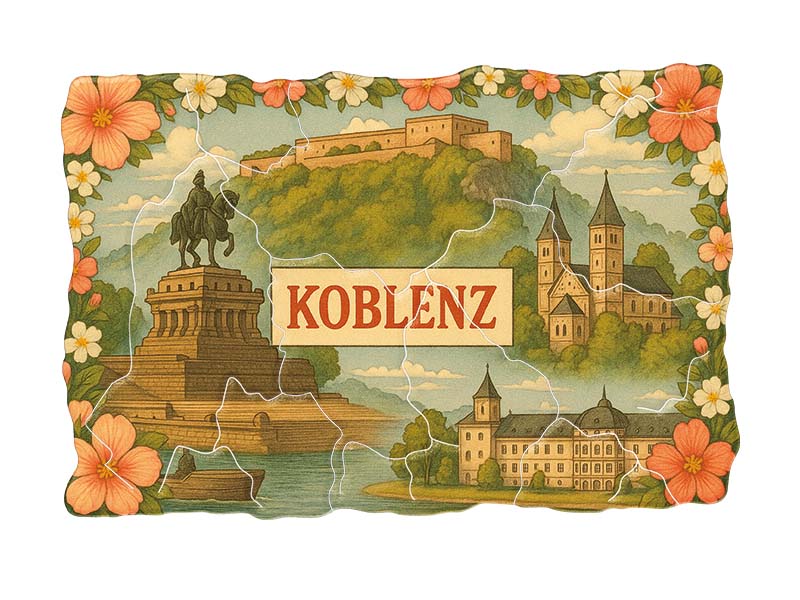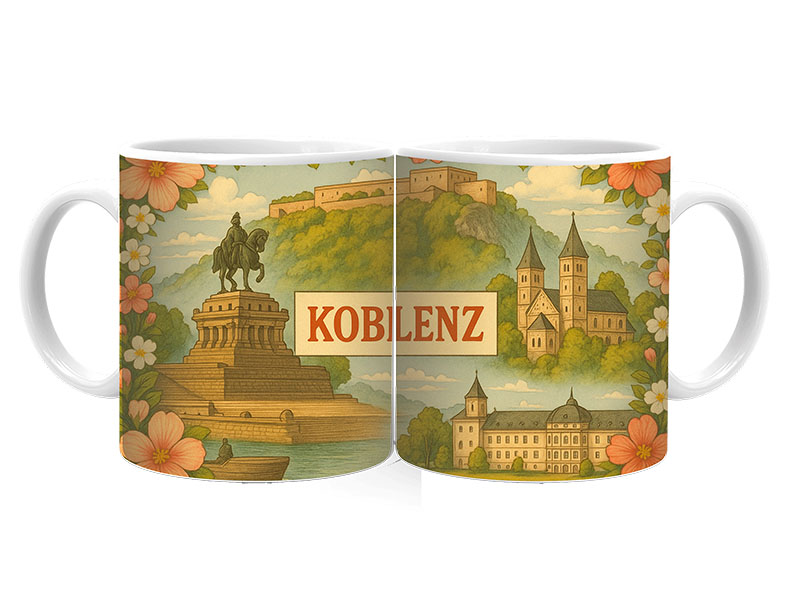- Vehicles
- Figures
- Witches
- Carnival
- Canvas
- Magnets
- Materials
- Maritime
- Hats
- New products
- Personalize
- Plush
- Dolls
- Collectible figures
- Keychain
- Special production
- %Special offers%
- Money boxes
-
Cities - Regions
- Bad Säckingen
- Bamberg
- Bayerischer Wald
- Berchtesgaden
- Berlin
- Bodensee
- Bremen
- Brocken
- Chiemsee
- Cochem
- Dinkelsbühl
- Dresden
- Eibsee
- Frankfurt
- Freiburg
- Gardasee
- Garmisch-Partenkirchen
- Hamburg
- Harz
- Heidelberg
- Helgoland
- Insel Mainau
- Kleinwalsertal
-
Koblenz
- Köln
- Königssee
- Leipzig
- Lübeck
- Mecklenburgische Seenplatte
- München
- Nürnberg
- Oberammergau
- Passau
- Potsdam
- Quedlinburg
- Regensburg
- Rothenburg
- Rügen
- Schwarzwald
- Stuttgart
- Sylt
- Titisee
- Traunsee
- Triberg
- Ulm
- Wernigerode
- Bags/Backpacks
- Textile
- Animal
- Subjects
More information? sign in.
More information? sign in.
More information? sign in.
More information? sign in.
More information? sign in.
More information? sign in.
More information? sign in.
More information? sign in.
More information? sign in.
More information? sign in.
Koblenz – Where the Rhine and Moselle Meet
Koblenz is one of the oldest cities in Germany and a significant cultural, economic, and tourist hub in northern Rhineland-Palatinate. Located at the scenic confluence of the Moselle and Rhine rivers, Koblenz uniquely combines history, nature, and modern city life.
History and Origins
The origins of Koblenz date back over 2,000 years. Around 9 B.C., the Romans founded a settlement called “Castellum apud Confluentes,” meaning “the fort at the confluence,” referring to the point where the Moselle flows into the Rhine. Over time, “Confluentes” evolved into the modern name “Koblenz.”
During Roman times, Koblenz served as an important military outpost and supply station. After the fall of the Roman Empire, it became part of the Frankish Kingdom and later developed into a religious and administrative center under the Archbishopric of Trier. In the 18th century, Koblenz became the residence of the Prince-Electors of Trier.
During the Napoleonic era, Koblenz was annexed by France, and later it came under Prussian rule. The city suffered heavy damage during World War II but was rebuilt with sensitivity to its historical heritage. Today, Koblenz is a vibrant modern city that embraces its rich and layered past.
Population and City Districts
As of 2025, Koblenz has a population of approximately 115,000 people, making it one of Germany's mid-sized cities. It is divided into several districts, including the historic Old Town (Altstadt), Ehrenbreitstein, Metternich, Lützel, Karthause, Horchheim, and Pfaffendorf, each with its own distinct character and charm.
Geographical Location and Federal State
Koblenz lies in the northern part of Rhineland-Palatinate, at the junction of the Moselle and Rhine rivers—a location known as the “Deutsches Eck” (German Corner). Surrounded by the low mountain ranges of the Eifel, Hunsrück, Taunus, and Westerwald, the city sits at the heart of the UNESCO World Heritage site Upper Middle Rhine Valley, a region renowned for its natural beauty and historic castles.
Main Attractions
Koblenz is full of historic buildings, scenic river landscapes, and cultural landmarks. Some of the top sights include:
1. The German Corner (Deutsches Eck)
This famous headland features a massive equestrian statue of Emperor Wilhelm I and serves as a national symbol of German unity. It’s one of the most iconic landmarks of Koblenz.
2. Ehrenbreitstein Fortress
Standing high above the Rhine on the opposite bank, this is the second-largest preserved fortress in Europe. Today, it houses museums, cultural exhibitions, and offers panoramic views of the river and city.
3. Koblenz Cable Car
This modern aerial tramway connects the riverside with Ehrenbreitstein Fortress. It was built for the 2011 Federal Horticultural Show and has since become a popular attraction, offering stunning views during the ride.
4. Old Town (Altstadt)
The historic center is filled with narrow cobbled streets, charming squares, half-timbered houses, and churches. Notable spots include Jesuitenplatz and Münzplatz, surrounded by cozy cafés and shops.
5. Stolzenfels Castle
Located just outside the city, this romantic 19th-century castle was built in the Rhine Romanticism style. It’s surrounded by gardens and offers beautiful views over the river valley.
6. Electoral Palace (Kurfürstliches Schloss)
This neoclassical riverside palace was once home to the Electors of Trier. Its elegant architecture and gardens make it a peaceful retreat within the city.
Tourism and Annual Visitors
Koblenz is a major destination for both domestic and international tourists. Every year, the city welcomes approximately 2 million overnight guests, in addition to many more day visitors.
The city is especially popular among river cruise travelers, hikers, and wine tourists. It serves as a key stop on both the Rhine and Moselle river cruises. Popular hiking routes like the Rheinsteig and Moselsteig also draw outdoor enthusiasts.
The 2011 Federal Garden Show (BUGA) gave tourism a lasting boost by revitalizing parks and urban spaces, making Koblenz even more attractive. Events like Rhine in Flames—a spectacular fireworks festival held in August—draw thousands of spectators each year.
Famous People from Koblenz
Several well-known figures were born in or are associated with Koblenz, such as:
-
Karl Baedeker (1801–1859) – Founder of the Baedeker travel guide series.
-
Hans-Dietrich Genscher – Former German foreign minister, lived in Koblenz for a time.
-
Johann Löhner (1645–1705) – Baroque composer.
-
Bodo Illgner – Former goalkeeper for the German national football team.
-
Julia Klöckner – Prominent German politician with strong ties to the region.
-
Dirk Adorf – Well-known racing driver from Koblenz.
Local Cuisine and Drinks
Koblenz’s cuisine is heavily influenced by Rhenish and Moselle culinary traditions—hearty, flavorful, and often based on regional produce and wine. Popular local dishes include:
-
Döppekooche – A hearty potato cake with bacon, traditionally baked in the oven and served with apple sauce.
-
Riewekooche – A baked root vegetable cake made with grated carrots and potatoes.
-
Rhenish Sauerbraten – Marinated roast beef served with red cabbage and dumplings.
-
Mosel Zander – Pike-perch from the Moselle, usually served with creamy wine sauce.
-
Flammkuchen – A thin, crispy flatbread topped with cream, onions, and bacon.
As for beverages, local wines are the standout specialty. The Moselle and Middle Rhine regions produce excellent Riesling, Pinot Blanc, and Spätburgunder (Pinot Noir). Koblenz is home to several wine bars, tasting rooms, and seasonal wine festivals.
Other regional drinks include Federweißer (a young, lightly fermented wine available in autumn), apple wine, and local beers such as the Königsbacher, once brewed in Koblenz itself.
Typical Souvenirs
Tourists often bring home souvenirs that reflect the culture and charm of Koblenz and its surroundings:
-
Bottles of local wine, especially Riesling from the Moselle or Middle Rhine.
-
Koblenz mustard, produced by small local manufacturers in various flavors.
-
Miniature replicas of the German Corner or Ehrenbreitstein Fortress.
-
Slate souvenirs, such as coasters or nameplates, made from local slate stone.
-
Engraved wine glasses, often available in Old Town boutiques.
-
“Rhine in Flames” merchandise, especially during the summer event season.
-
Handcrafted items, such as pottery, woodwork, or leather goods made in the region.
Conclusion
Koblenz is a remarkable city that blends ancient Roman roots, medieval grandeur, romantic castles, and modern living. Its unique location at the confluence of the Rhine and Moselle, surrounded by forested hills and vineyards, gives it a special character. With a wide range of cultural sights, outdoor activities, culinary delights, and welcoming atmosphere, Koblenz is a true gem for travelers seeking both history and adventure.
Whether you're exploring its castles, sipping wine along the river, or wandering the cobbled lanes of the Old Town, Koblenz offers an experience that's both rich in heritage and full of life.

